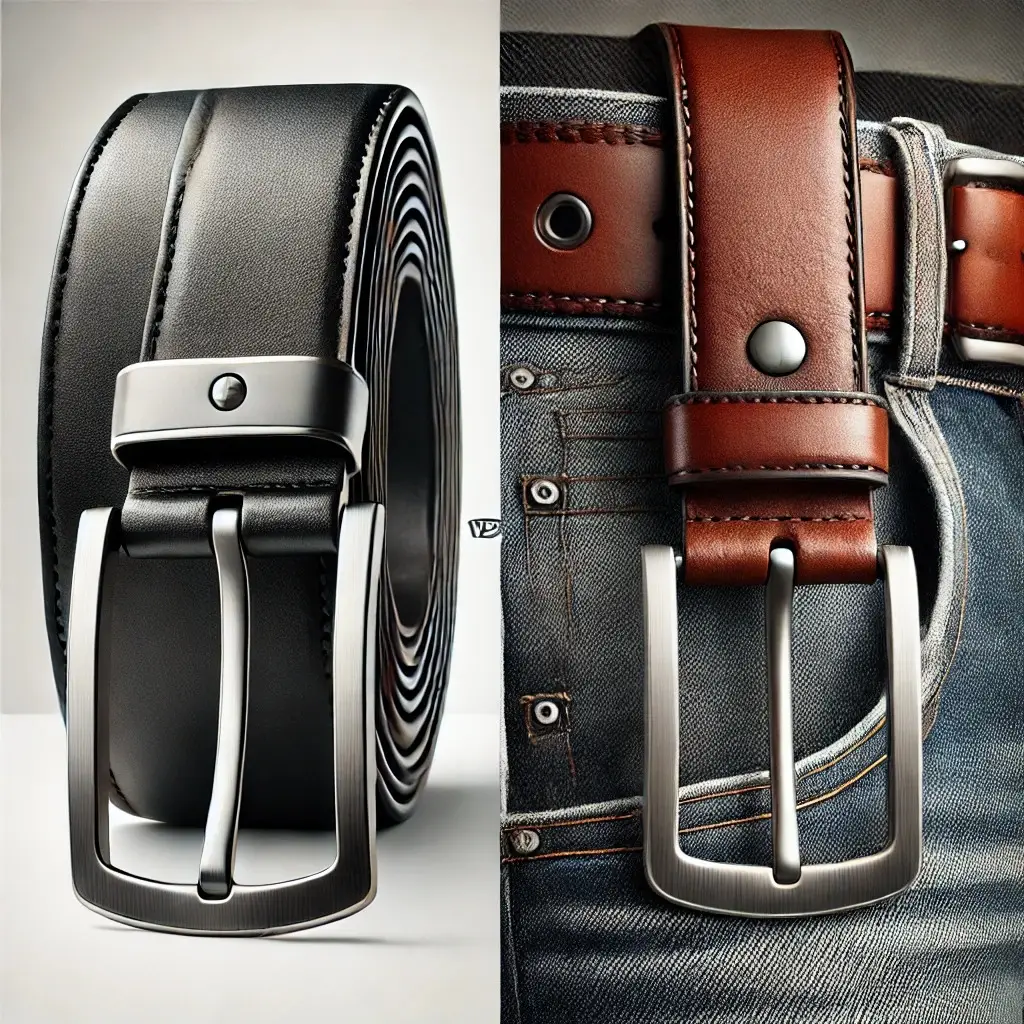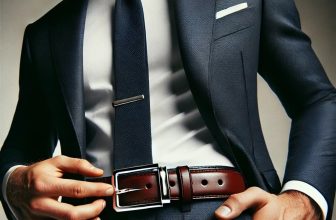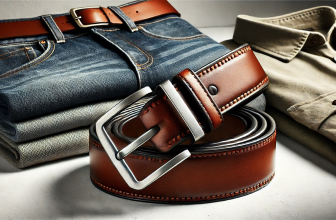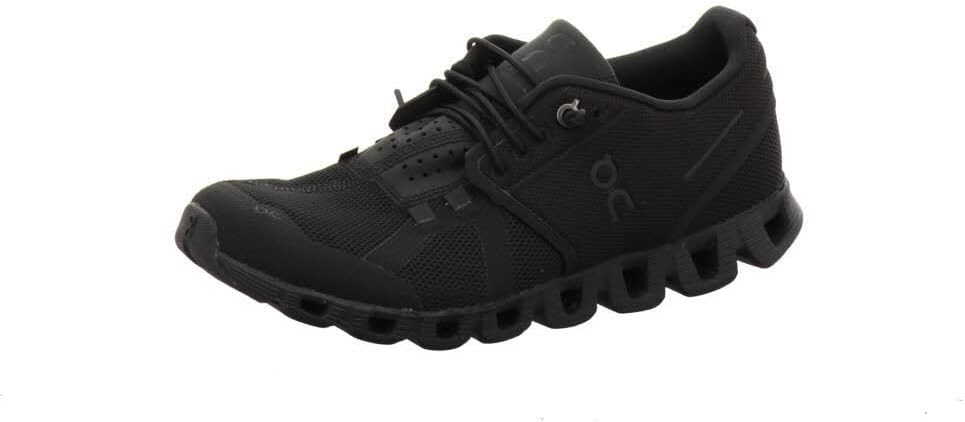
When it comes to enhancing your wardrobe, understanding the nuances of accessories can make all the difference. You may have found yourself staring at your belt collection, unsure of which one to choose for a particular outfit. You’re not alone in that struggle. Many men grapple with the distinction between a dress belt and a casual belt, and how each can impact their overall look. In this blog post, we’ll break down the key differences between these two essential types of belts, ensuring that you can confidently select the right one for any occasion. By the end, you’ll have the knowledge you need to elevate your style effortlessly.
Understanding Dress Belts
Dress belts play a crucial role in enhancing formal or business attire. They are not merely functional; they contribute significantly to the overall presentation of an outfit. In this section, we will delve into the characteristics of dress belts, including their design, color options, and typical usage scenarios, as well as highlight specific brands and products that exemplify excellence in dress belts.
Characteristics of Dress Belts
Design
Dress belts are typically characterized by their:
- Material: High-quality leather is the most common choice, providing durability and a polished look. Notable brands include Calvin Klein and Cole Haan, both of which offer a range of leather options.
- Width: Generally narrower than casual belts, dress belts usually range from 1 to 1.5 inches in width. This narrower profile helps maintain a sleek silhouette, especially when paired with fitted dress pants or suits.
- Buckle Type: Dress belts often feature a more refined buckle design. The classic metal buckle is common, but brands like Hugo Boss also offer belts with subtly embellished buckles for added sophistication.
Color Options
When it comes to color, dress belts should complement your overall attire. Here are the most common colors and their usage:
- Black: This is the most versatile color, ideal for all types of formal wear, including black-tie events and business meetings. A product like the Johnston & Murphy Dress Leather Belt in black showcases timeless elegance.
- Brown: A good option for business casual wear, brown pairs well with navy and lighter shades. The Polo Ralph Lauren Leather Dress Belt in dark brown can enhance your outfit while maintaining professionalism.
- Other Colors: Variations like burgundy or navy can be suitable for specific styles, particularly when matched thoughtfully with corresponding outfits.
Typical Usage Scenarios
Dress belts are mostly associated with formal attire. Here are some practical examples of when and how to wear them:
- Corporate Attire: In a business environment, a classic black leather dress belt, such as the Tommy Hilfiger Reversible Dress Belt, enhances the crispness of a tailored suit.
- Formal Events: For weddings, galas, or formal receptions, a high-quality belt ensures you maintain an appropriate and polished look. Consider the Ferragamo Leather Dress Belt, which offers a striking contrast to formal attire.
- Interviews: First impressions are critical. Pairing a well-fitted suit with a refined dress belt, like the Banana Republic Leather Belt, conveys professionalism and attention to detail.
Practical Examples of Noteworthy Dress Belts
To illustrate the quality and craftsmanship of various brands, consider the following options that standout in the dress belt category:
| Brand | Model | Material | Color Options | Price Range |
|---|---|---|---|---|
| Johnston & Murphy | Dress Leather Belt | Genuine Leather | Black, Brown | $60-$80 |
| Calvin Klein | Classic Leather Belt | Full-Grain Leather | Black, Dark Brown | $55-$75 |
| Hugo Boss | Reversible Leather Belt | Calfskin Leather | Black, Brown | $120-$150 |
| Cole Haan | Signature Dress Belt | Nappa Leather | Black, Cognac | $80-$100 |
| Ferragamo | Gancini Leather Belt | Italian Leather | Black, Brown | $300-$500 |
| Banana Republic | Leather Dress Belt | Leather | Black, Tan | $60-$70 |
In understanding the characteristics, color options, and usage scenarios of dress belts, it becomes clear that these accessories are not merely an afterthought; they are an integral part of formal wear that elevates your overall appearance. Whether attending a wedding, an important business meeting, or a job interview, the right dress belt accentuates your style and conveys a sense of professionalism and attention to detail.
Exploring Casual Belts
Casual belts are essential accessories that complement relaxed settings and enhance everyday outfits. Unlike dress belts, which are often made of polished leather and designed for formal occasions, casual belts embrace comfort and versatility, catering to a wide range of styles and materials. This section will explore the different designs and styles of casual belts, their appropriateness for various scenarios, and key brands to consider.
Materials Used in Casual Belts
Casual belts come in a variety of materials that not only affect their appearance but also their suitability for different occasions. Here are some common materials:
- Leather: While leather is typically associated with dress belts, casual leather belts are often made from softer, more textured leather that is less formal. Brands like Fossil offer casual leather options that pair well with jeans and casual trousers.
- Canvas: Lightweight and durable, canvas belts are perfect for outdoor activities or casual outings. Look for brands like Levi’s, which provides a range of colorful canvas belts that can easily elevate a summer outfit.
- Fabric: These belts come in a multitude of patterns and colors, making them perfect for adding a pop of personality to an outfit. Tommy Hilfiger offers stylish fabric belts that incorporate bold designs suited for casual wear.
Designs and Styles of Casual Belts
The variety of designs available in casual belts means there’s a style for every preference and occasion. Here are some popular designs to consider:
- Braided Belts: Braided belts feature a unique weaving pattern that adds visual interest. They are often made from leather or fabric, providing both flexibility and comfort. Brands like Hugo Boss offer high-quality braided belts perfect for casual Fridays at the office.
- Reversible Belts: These versatile belts feature different colors or patterns on each side, allowing you to switch up your look with ease. The Gap reversible belt, for example, seamlessly transitions from a simple brown to a vibrant blue, making it an effective addition to any wardrobe.
- Webbed Belts: Often associated with outdoor or sportswear, webbed belts are made from strong nylon or polyester material. Brands like Patagonia offer durable webbed belts that can withstand rugged adventures while maintaining a stylish edge.
Versatility of Casual Belts
Casual belts are incredibly versatile and can transform a simple outfit into a polished look. Consider the following scenarios where casual belts shine:
- Weekend Outings: Pair a classic denim jacket with a patterned canvas belt from Dockers for a straightforward yet stylish ensemble that’s perfect for brunches or casual gatherings.
- Outdoor Activities: If you’re going hiking or camping, a sturdy webbed belt from Columbia can provide practicality while adding a rugged flair to your attire.
- Casual Fridays: For a more relaxed office environment, a braided leather belt from Dockers can seamlessly transition from work to after-hours activities without missing a beat.
Differences Between Casual and Dress Belts
Understanding the distinctions between casual and dress belts is crucial for curating a balanced wardrobe. Here’s a quick comparison to clarify these differences:
| Feature | Casual Belts | Dress Belts |
|---|---|---|
| Material | Fabric, canvas, soft leather | Smooth leather |
| Design | Colorful, patterned, braided | Simple, refined, minimalistic |
| Buckle Style | Often casual or decorative | Typically sleek and polished |
| Purpose | Everyday wear, informal outings | Formal events, business attire |
| Flexibility | More flexible and less structured | Stiffer, designed for structured looks |
By incorporating various casual belts into your wardrobe, you not only enhance your personal style but also gain flexibility for different occasions. Consider investing in specific models from reputable brands that cater to your unique fashion needs, ensuring you always have the ideal accessory to tie your outfit together.
Key Differences Between Dress and Casual Belts
When it comes to accessorizing your wardrobe, the belt is often an overlooked element that can fundamentally alter the impression you present. Understanding the distinctions between dress belts and casual belts is essential for making the appropriate choice for your outfit. Below, we will delve into the primary differences in materials, width, buckle styles, and overall aesthetics to guide you through these options.
Materials
Dress Belts
Dress belts are typically crafted from high-quality, polished leather that exudes elegance. The materials used tend to be smooth and shiny, making them suitable for formal occasions. Common materials include:
- Full-Grain Leather: The highest quality leather, known for its durability and natural look.
- Top-Grain Leather: Similar to full-grain but sanded down to remove imperfections, offering a slightly less durable option.
Brands like Allen Edmonds and Cole Haan provide a variety of dress belts made from premium leathers, ensuring that you not only look good but also invest in a product that will stand the test of time.
Casual Belts
In contrast, casual belts are made from a variety of materials that prioritize comfort and durability over sheer sophistication. Some common materials include:
- Suede: Offers a softer texture and a more laid-back appearance.
- Canvas: Lightweight and ideal for outdoor activities.
- Genuine Leather: A more affordable option than high-quality leathers; still provides a rugged aesthetic.
Brands such as Levi’s and Dockers offer an extensive range of casual belts in materials that lend themselves well to everyday wear.
Width
Dress Belts
Dress belts typically have a narrower width, usually ranging between 30mm to 35mm (approximately 1.25 to 1.5 inches). This thinner profile adds to their refined appeal, allowing them to complement tailored pants and elegant suits seamlessly.
Casual Belts
Conversely, casual belts tend to be wider, often ranging from 35mm to 45mm (about 1.5 to 2 inches). The increased width lends them a more rugged and robust appearance, suitable for pairing with jeans, chinos, and shorts.
| Attribute | Dress Belts | Casual Belts |
|---|---|---|
| Width | 30mm – 35mm | 35mm – 45mm |
Buckle Styles
Dress Belts
The buckles on dress belts are generally more sophisticated and minimalistic. They often feature a sleek finish and are usually rectangular or oval in shape. Classic options include:
- Pin Buckle: A traditional style that is widely accepted in formal settings.
- Belt Hook: A less common but elegant option that offers a unique twist.
Brands like Trafalgar provide dress belts with high-quality buckles that enhance the overall look without overpowering the outfit.
Casual Belts
Casual belts, in contrast, allow for a broader range of buckle designs. They can be functional as well as decorative, often found in:
- Metal Snap Buckles: Easy to use and found on many workwear belts.
- Fabric Buckles: Present in belts like those from Patagonia, ideal for outdoor gear.
This variety allows you to express more personality and style through your accessories.
Overall Aesthetics
Dress Belts
The overall aesthetic of a dress belt leans towards a polished and sophisticated look. They’re generally designed to be worn with formal attire, such as suits or dress trousers, and come in timeless colors like black, brown, or deep navy.
Casual Belts
On the other hand, casual belts are designed for everyday wear, complementing a more relaxed wardrobe. They are available in a much wider array of colors, patterns, and textures. You might find belts from brands such as Nautica featuring bright colors or fun prints, perfect for a casual outing or weekend brunch.
| Feature | Dress Belts | Casual Belts |
|---|---|---|
| Aesthetic | Polished, formal | Relaxed, versatile |
| Color Variety | Limited (classic hues) | Wide range (bright colors, patterns) |
In summary, the key differences between dress belts and casual belts stem from their materials, widths, buckles, and overall aesthetics. Understanding these distinctions helps inform your decisions and ensures that you present yourself appropriately, whether in a professional setting or a relaxed social environment.
Summarizing Key Distinctions
In conclusion, distinguishing between dress belts and casual belts is crucial for elevating your personal style. By recognizing the specific occasions, designs, and coordinating elements discussed in this post, you can make informed choices that not only complement your outfits but also reflect your fashion sense. Whether you’re dressing for a formal event or a relaxed gathering, selecting the appropriate belt will ensure you always look polished and put-together.












I used to mix up my belts all the time until I read an article like this! Switched to a classic leather dress belt from Johnston & Murphy for work, and it totally elevated my look. Highly recommend it!
Pro tip: Always match your belt color with your shoes. If you’re wearing brown shoes, go for a brown belt like the Fossil Men’s Braided Belt. It just ties the whole outfit together!
Absolutely! Color coordination makes a huge difference. Thanks for sharing your tip!
Can you dive deeper into the materials used for dress belts? Like, what’s the difference between genuine leather and full-grain leather?
Great point! We’ll expand on that in our next piece. Stay tuned!
Great article! Could you cover how to choose the right belt for different body types next time? Would love to see some tips on that!
Thanks for the suggestion! We’ll definitely look into that for a future article.
Also, I recently found some awesome casual belts from Levi’s that have cool designs. They really add a fun touch to an outfit!
Nice find! Casual belts can really show off your personality. Thanks for sharing!
Could you give more examples of dress belts that go well with suits? Like, what brands do you recommend?
Sure thing! Brands like Gucci and Hugo Boss are solid choices for dress belts that complement suits beautifully. Thanks for your question!